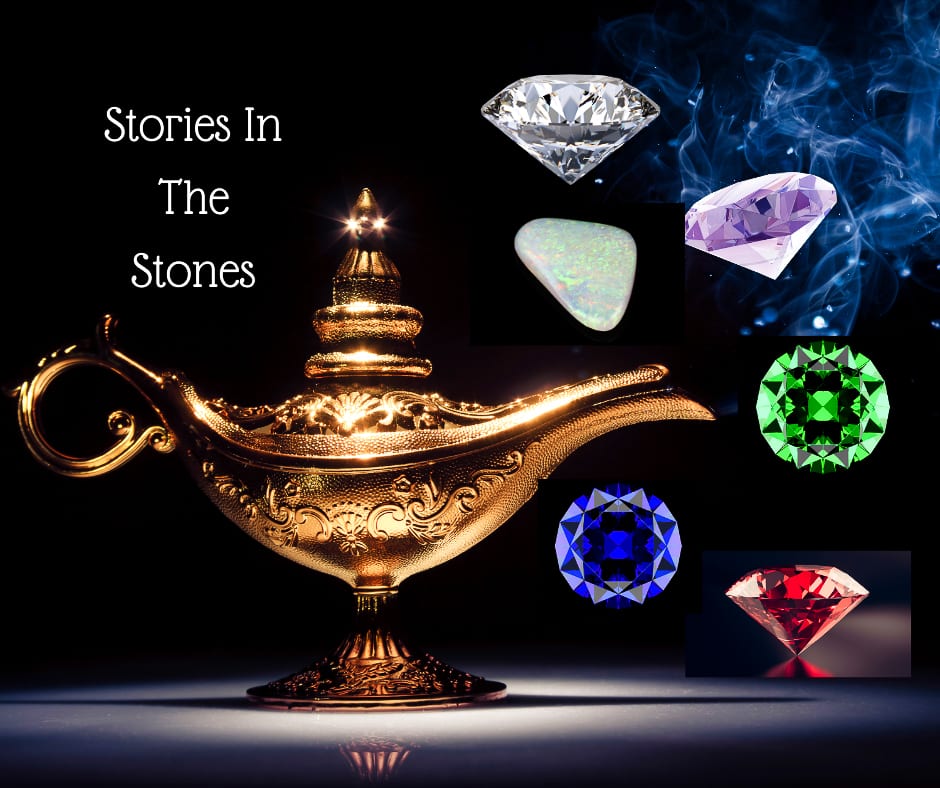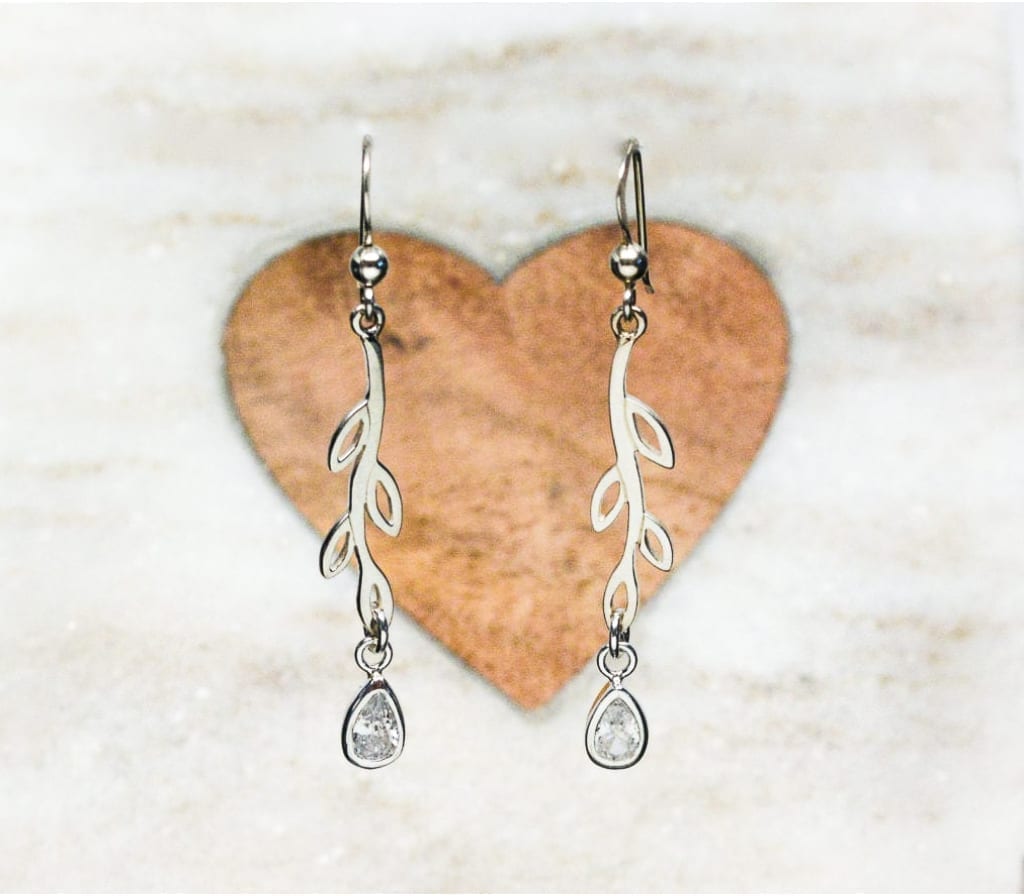
April 18, 2021: Stories In The Stones: Aladdin, Natural Wonders & Science
Gems, in fact, are a species of mineral flowers; they are the blossoms of the dark, hard mine; and what they want in perfume, they make up in durability.
Harriet Beecher Stowe
We recently watched the newest movie version of Aladdin. In one memorable scene, Aladdin entered the Cave of Wonders to seek the genie’s magical lamp. The cave was full of treasures: shimmering gold, silver, magical objects and sparkling gemstones. For Aladdin, a poor street thief, the temptation to scoop them up was overwhelming. Understandably, because the lure and beauty of gemstones has enticed and inspired mankind for a centuries.
To qualify as a gem, the specimen should be hard and tough to resist scratching and have beautiful clarity, colour or ‘fire’. Value is based on rarity and rare quality.
https://www.gemrock.net/learn/gemstones/
In actuality, gemstones have had a long history, dating back over 25,000 years. Throughout history, they have been incorporated in a variety of uses, from jewelry and religious artifacts, to healing ceremonies and even weaponry.
While diamonds, emeralds, rubies, & sapphires, are considered precious due to their rarity, there are over two hundred officially recognized semi-precious gemstones. https://www.gemselect.com/other-info/gemstone-list.php
Gemstone jewelry can have a different meaning for each wearer, whether it’s a symbol of accomplishment, a birthstone, a favorite color, its healing qualities, and even a life-changing or milestone event. Yet some of these gems, like diamonds, emeralds, rubies, sapphires, etc. can be incredibly expensive, which is why lab-produced gemstones provide an affordable alternative.
“Gemstones are the result of crystallization under high pressure. The vivid colors and attributes of gemstones owe it to the presence of impurities during the stage of crystallization. Moreover, these impurities become inclusions, giving rise to optical phenomena in the gemstone.
http://“https://themineralexchange.com/pages/the-history-of-gemstones
Lab-produced gemstones are authentic, not imitations. Although they are grown in a laboratory, they are identical chemically, physically and visually to natural gems. While earth mined gemstones took millions of years to complete their transformation, these can be recreated in a lab at a mere fraction of the time and a drastic reduction of cost compared to that of mining. High quality lab gemstones will actually have more clarity and less inclusions.
Three Ways Gemstones are Valued:
- Color: A.K.A the stone’s hue. Gemstones come in a variety of colors and shades. Most popular are the ones with clear, intense primary colors.
- Clarity: Inclusions are any material that is trapped inside of another mineral while that mineral forms. https://www.gemsociety.org/article/inclusions/
- Carat: The weight of a gemstone. If a gem is more dense than another one, its weight might be more than the alternative one.
Imitation gemstones differ completely chemically and physically from the natural gemstone and are much more affordable. For example, the birthstone for April is a diamond. An inexpensive alternative to this precious stone is a Cubic Zirconia (CZ). CZ is a crystalline material created in a laboratory and is considered a “faux, fake, imitation, and stimulant”. Yet it has more fire (flashes of color) and less inclusions than an untreated diamond. Cubic Zirconias can be found in a variety of colors adding to its popularity.
Whether you are treating yourself or buying a gift for someone special, knowing about the gemstones in your jewelry can help you to understand its value and how to care for it.
As always, thank you for taking the time to read our blog. We welcome your comments and invite you to share it with someone who might find it meaningful.

